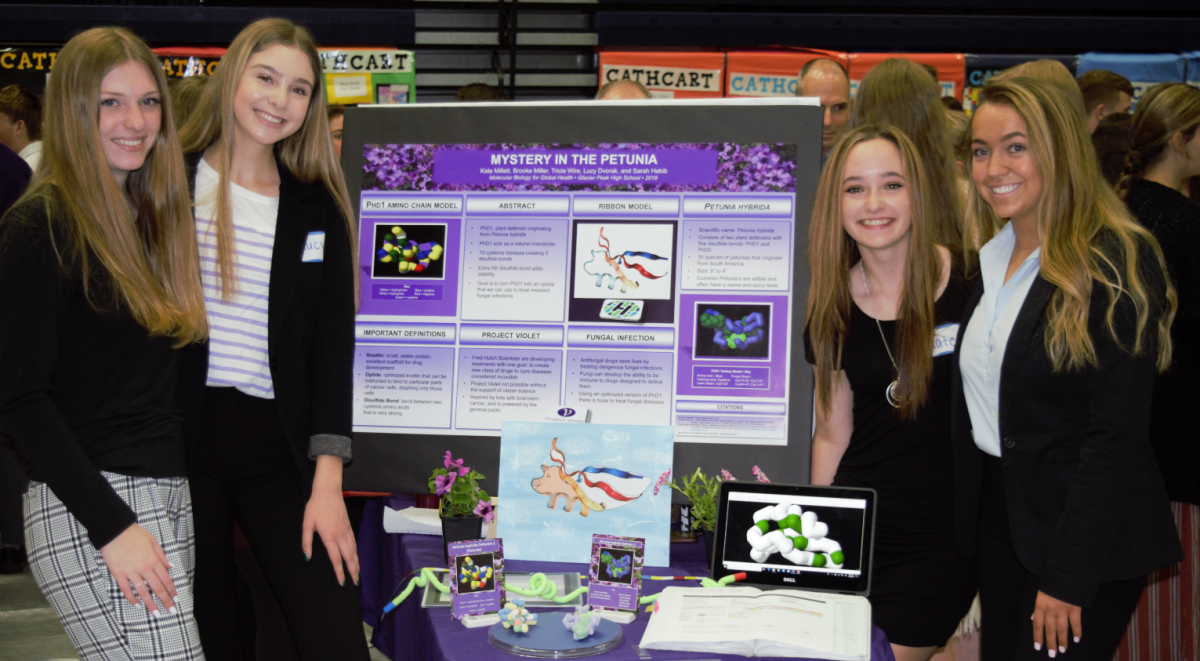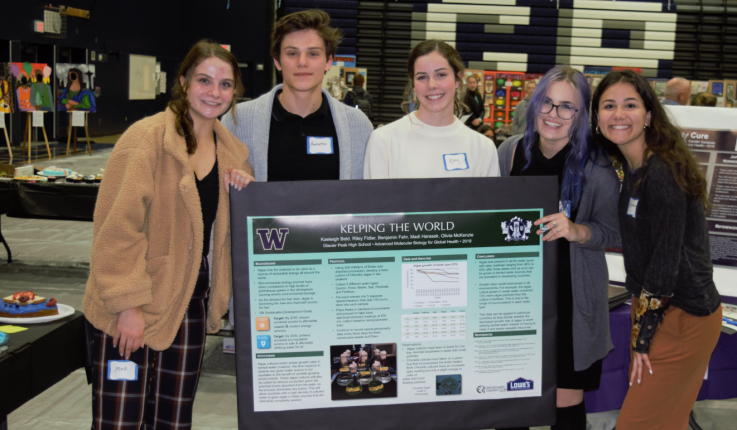
Part of the University of Washington Department of Global Health’s wide-ranging reach includes involvement in Washington state high schools that have designed global health classes of their own. Tami Caraballo teaches at Glacier Peak High School in Snohomish, about 25 miles north of Seattle. Caraballo is in her fourth year teaching a Global Health 101 course, and has nearly ten years of experience teaching Advanced Molecular Biology for Global Health. The premise of the advanced program is to challenge students to make a difference in the health of the world, encouraging collaboration with students and industry to address issues like global hunger and environmental health.
The 101 class is part of the UW in the High School program, and was originally brought to Glacier Peak High School with the help of Ryan Hauck, a social science teacher at Glacier Peak who suggested the course topic.
“I blend the science and the global health materials into a really interesting study for students,” Caraballo said. “My favorite part of this program is getting the kids thinking as global citizens.” Over the past three years, Caraballo has had 100 students total in the class, with a few going on to the Global Health program at UW or other universities.
Earlier this month, Glacier Peak hosted its annual Night of the Arts Science Symposium, at which students from Caraballo’s Advanced Molecular Biology for Global Health class presented their latest research projects. A hands-on approach to health and learning is heavily emphasized, as Caraballo’s goal is to expose students to “relevant and rigorous science”. With studies ranging from potential alternatives to chemotherapy and aquaponics, the symposium demonstrated the students’ expanding knowledge base. By designing their own inquiry experience and researching and uploading data to a database hosted by Institute for Systems Biology (ISB), each student is provided with a real-life assignment that applies their classroom experience to the real world.
“I enjoy the multidisciplinary aspect of this course,” Caraballo said. “I weave the GH101 curriculum into heavy science material but it fits literally anywhere—social science, English, even statistics!”
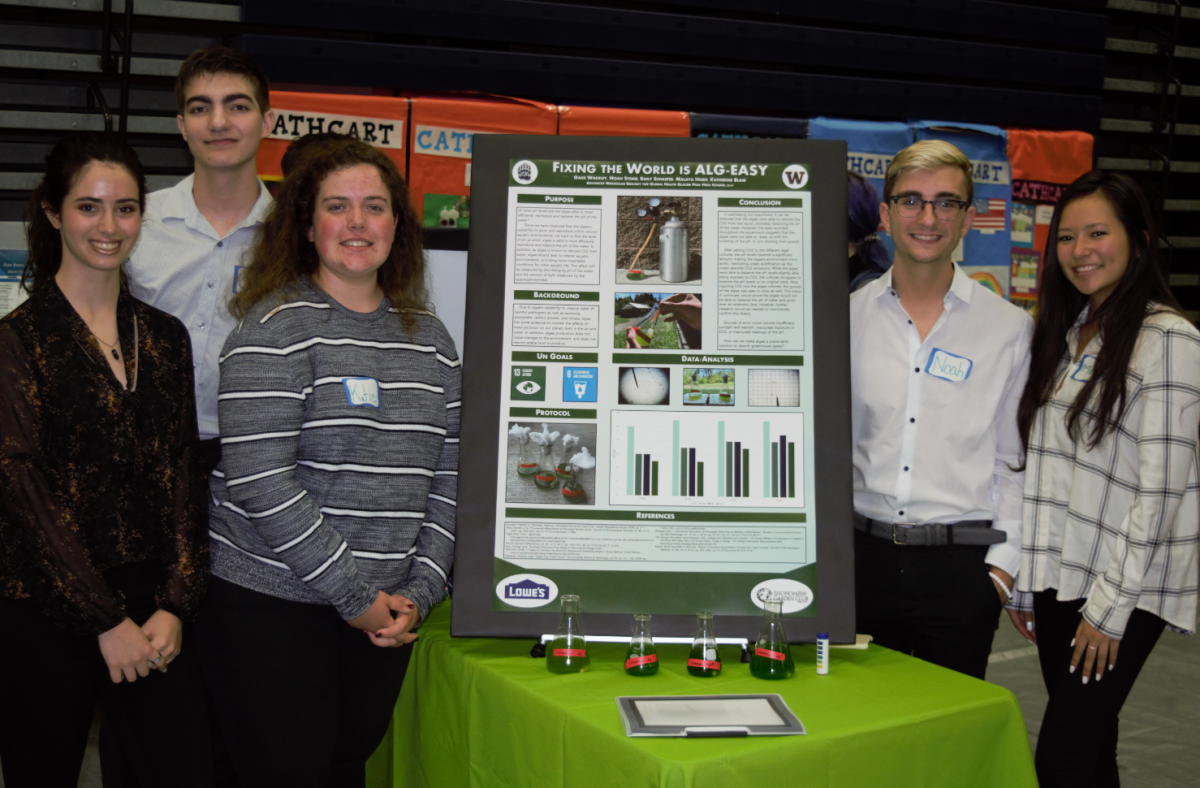
All 12 of the presenting groups at the 2019 symposium conducted extensive research into topics of their choosing. While some delved into the scientific ramifications of algae populations, others grew produce using soil-less water tanks filled with live fish. Six of the groups worked in collaboration with Fred Hutch’s Project Violet, which aims to develop cures for debilitating diseases through “citizen science”. Students in these groups worked alongside a mentor to produce a model, poster, and oral presentation explaining the molecular story of an optide protein. Optides are defined as molecules engineered to attack cancer cells without harming the healthy cells around them, and are viewed as a potential alternative to chemotherapy.
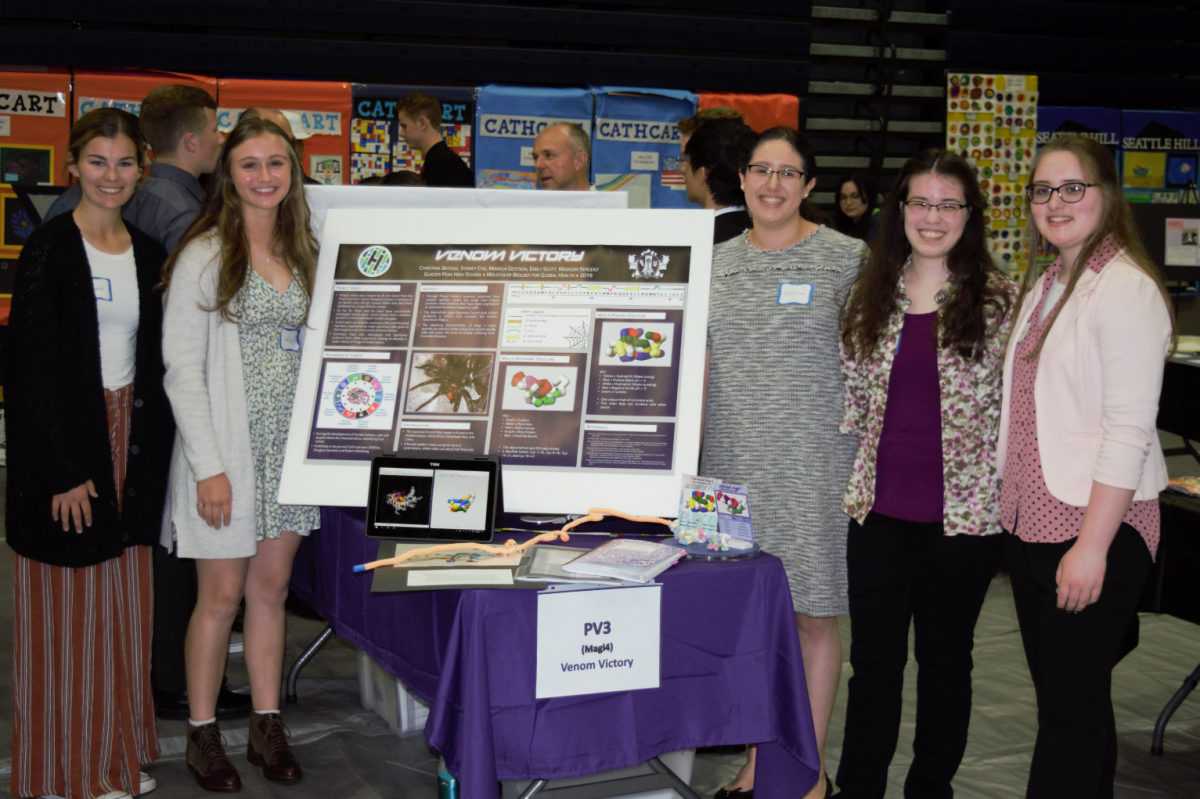
Four of the symposium groups were tasked with studying algae. Each group chose a Chlorella, Chlamydomaas, or Spirulina algae culture, drafted a testable question, and designed an experiment using algae as a model organism with the purpose of feeding and/or fueling the world. Then, they collected both qualitative and quantitative data, using a spectrophotometer to monitor absorbance and transmittance while also keeping an eye on color, texture, etc.
The remaining two groups explored the possibilities of aquaponics—a system of aquaculture in which the waste produced by farmed fish or other aquatic animals supplies nutrients for plants grown hydroponically, which in turn purify the water—as a means of feeding and/or fueling the world. Like the algae teams, the aquaponics teams posed a testable question that they designed an experiment around. These groups were responsible for maintaining their own systems, including the water, plants, and live fish. One group, which named its project O’Fish-ally Fed, successfully grew several leaves of lettuce from their aquaponic tank.
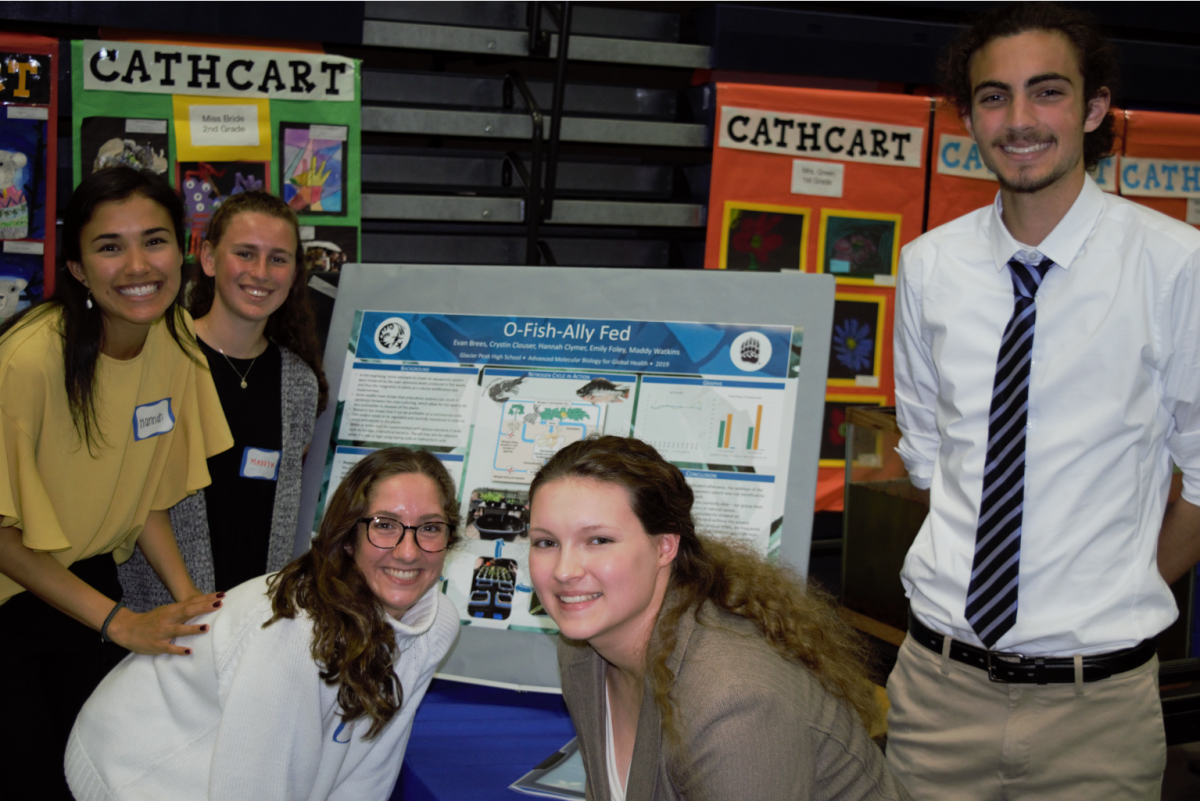
While the scope of these projects were mostly limited to the local sphere, Caraballo has noticed worldly transformations in her students and the way they view other countries.
“I am always especially moved when a student talks about changes in their ideas and perspectives when they leave this class.”
